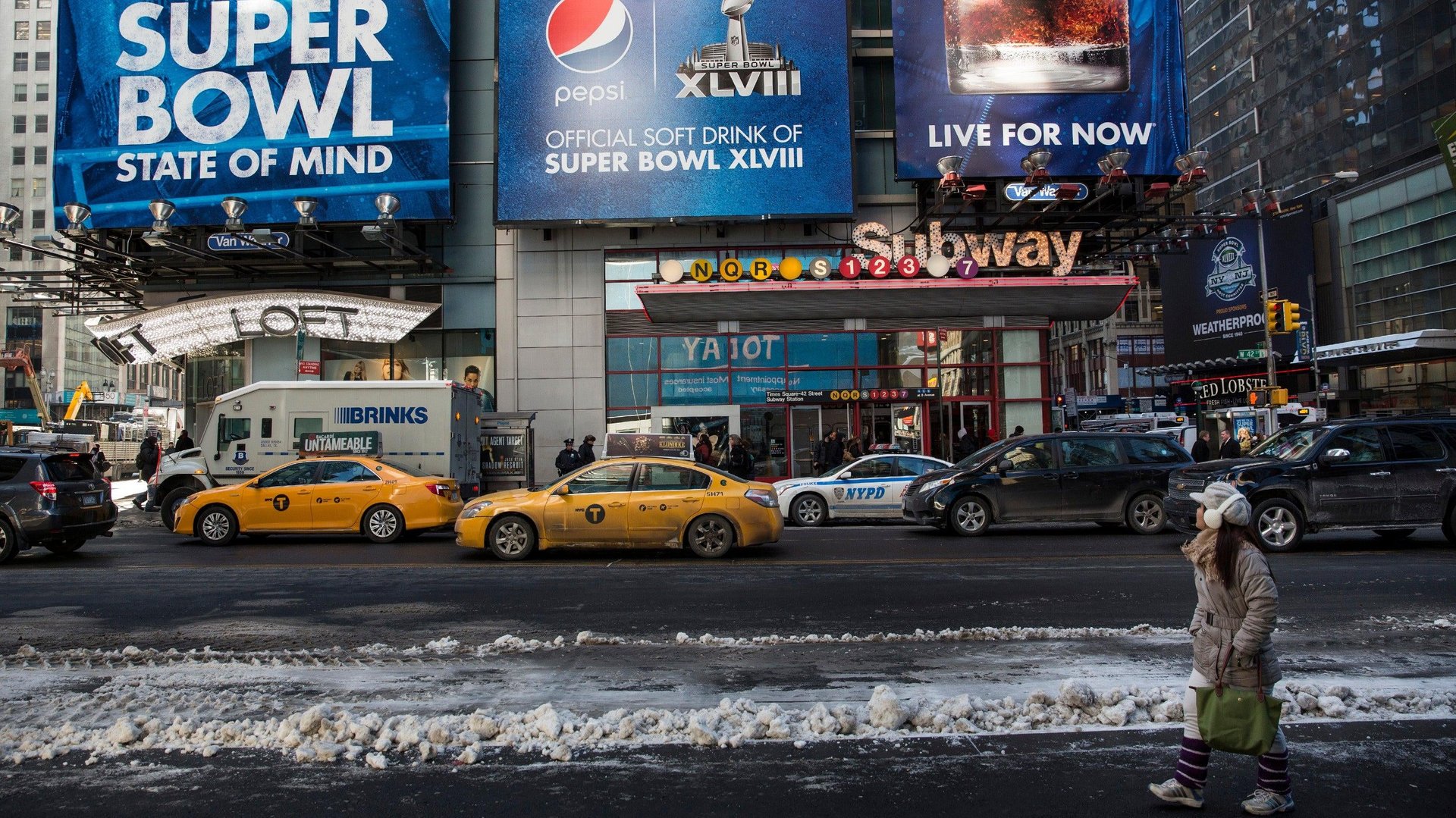Super Bowl LVII ad watch: less crypto, more beer
Budweiser no longer has exclusive rights to advertise alcohol during the big game

One thing viewers can expect from Super Bowl LVII: more beer commercials.
Considered by some to be the quintessential Super Bowl product, Budweiser has spent more than half a billion dollars on its beer commercials over the past few decades, with campaigns ranging from the nostalgic (the Budweiser Clydesdales) to the cool casualness of the Wassup guys.
But this year, for the first time in more than three decades, Budweiser parent company Anheuser-Busch has given up its exclusive advertising rights to the game, opening up the floodgates for competitors in the beer and spirits business to purchase commercial spots. Heineken, Miller Lite, and Crown Royal Whisky are among the brands planning to run ads during the Feb. 12 event.
Filled with cameos by celebrities like Bill Murray, as well as plenty of cute animals, Super Bowl ads tend to have big budgets and unorthodox humor, hoping to linger in the minds of viewers long after the final whistle. This year, an ad for Paramount+ will feature Sylvester Stallone, while Netflix hired Will Ferrell for a cross-over commercial with General Motors.
Sports betting websites have also spent big this year, with Draft Kings releasing a commercial featuring comedian Kevin Hart, as well as old-school sports stars David Ortiz and Julius Erving. FanDuel, meanwhile, will stretch the constraints of the medium with a live field-goal attempt by retired NFL star Rob Gronkowski.
Fox, the network broadcasting this year’s Super Bowl, was reportedly seeking $6 million to $7 million for 30 seconds of ad time during the game.
Super Bowl ads and audiences, by the numbers:
100 million: The Super Bowl is the most-watched television event in the US, pulling in around 100 million viewers each year.
$7 million: The average cost of a 30-second ad during the game, which has doubled in the last 10 years.
$500 million: The cumulative amount Budweiser—the Super Bowl’s largest commercial partner— has spent on Super Bowl ads.
$26 million: The most expensive advertisement in Super Bowl history, an ad for Amazon’s Alexa voice assistant in 2022. It was 130 seconds long.
30%: The percentage of Americans who say the ads are the best part of Super Bowl Sunday.
Super Bowl viewership has fallen in the last few years:
If it felt like every ad at last year’s Super Bowl was an ad for a cryptocurrency company, you weren’t far off. Acknowledging the plethora of commercials featuring celebrities like Larry David or LeBron James plugging crypto exchanges such as FTX or crypto.com, many analysts dubbed the event the “Crypto Bowl.”
One year later—after Bitcoin lost roughly half its value and multiple crypto exchanges were forced to file for bankruptcy, FTX among them—the Super Bowl will feature zero national ads for crypto.
In fact, a number of celebrities who endorsed FTX (which is now being investigated for defrauding its customers) during last year’s Super Bowl are being sued by consumers who accused them of using their influence to take advantage of unsophisticated investors.
FTX had originally committed to a 60-second spot in this year’s Super Bowl, but pulled out amid a sprawling criminal investigation of its CEO and founder Sam Bankman-Fried.